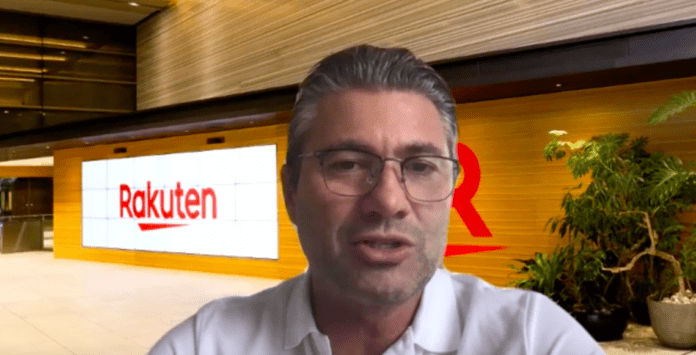CEO Tareq Amin said a per-appliance software subscription fee “killed my business model”
Rakuten Mobile is in the process of removing Red Hat software from its network deployment in Japan, and working with Rocky Linux for processing software workloads in distributed units across its Open RAN network. Similarly, Rakuten Symphony, the company’s hardware, software and services arm, will use the real-time Rocky Linux operating system with future customers. In an interview with media and analysts at the Telecom Infra Project’s FYUZ event in Madrid, Rakuten Symphony CEO Tareq Amin candidly explained that Red Hat’s subscription-based model doesn’t fit with his business model.
In addition to the business model perspective, Amin also said he needs an operating systems that’s truly open source, meaning, “I thinking nothing is better than community-led projects…They have changed the game,” he said, citing Google’s work with Kubernetes. With regard to a subscription-based fee structure, “I think that’s not right at all. I shouldn’t be forced to pay [a] subscription fee. I could not accept this idea that I had no choice.”
At Mobile World Congress in Las Vegas, Rakuten Symphony announced it plans to deploy 30,000 distributed units in Japan over the course of 10 months. Back to per-unit software licensing, Amin said it would never work for Open RAN. He said Red Hat is out in the ongoing deployment of 1&1’s network in Germany, and the removal from Rakuten Mobile’s network will take 12 months because, “I don’t want to disrupt our customer base so I don’t want to be ultra aggressive.”
Rocky Linux describes itself as “an open-source enterprise operating system designed to be 100% bug-for-bug compatible with Red hat enterprise Linux. It is under intensive development by the community.”
Amin said his team has had to make a large volume of adjustments to the OS to make it ready for deployment in a live mobile network at scale. “We took all these tweaks we’ve done, and I give them back to the community. To keep this within Rakuten is a big mistake.” With the learnings from a live, 300,000 site network going back into the Rocky Linux community is “good for ecosystem creation and it gives customers options.”
He said developing the real-time kernel “was the complicated part. That was difficult. That was really, really difficult. The Open RAN mystery started with fixing the requirements, the tweaks, needed for real-time kernel.”
Final thoughts on the business model piece? “It killed my business model. Imagine the number of Open RAN appliances. If every appliance is going to have an inflated subscription fee, then I’ve lost the game to legacy vendors.


